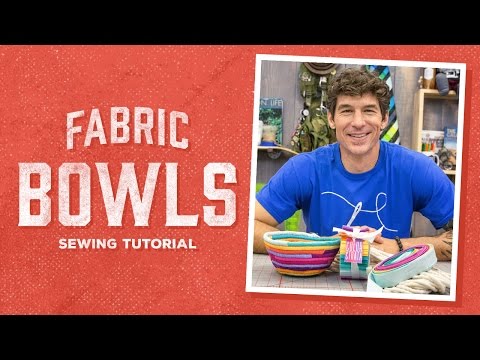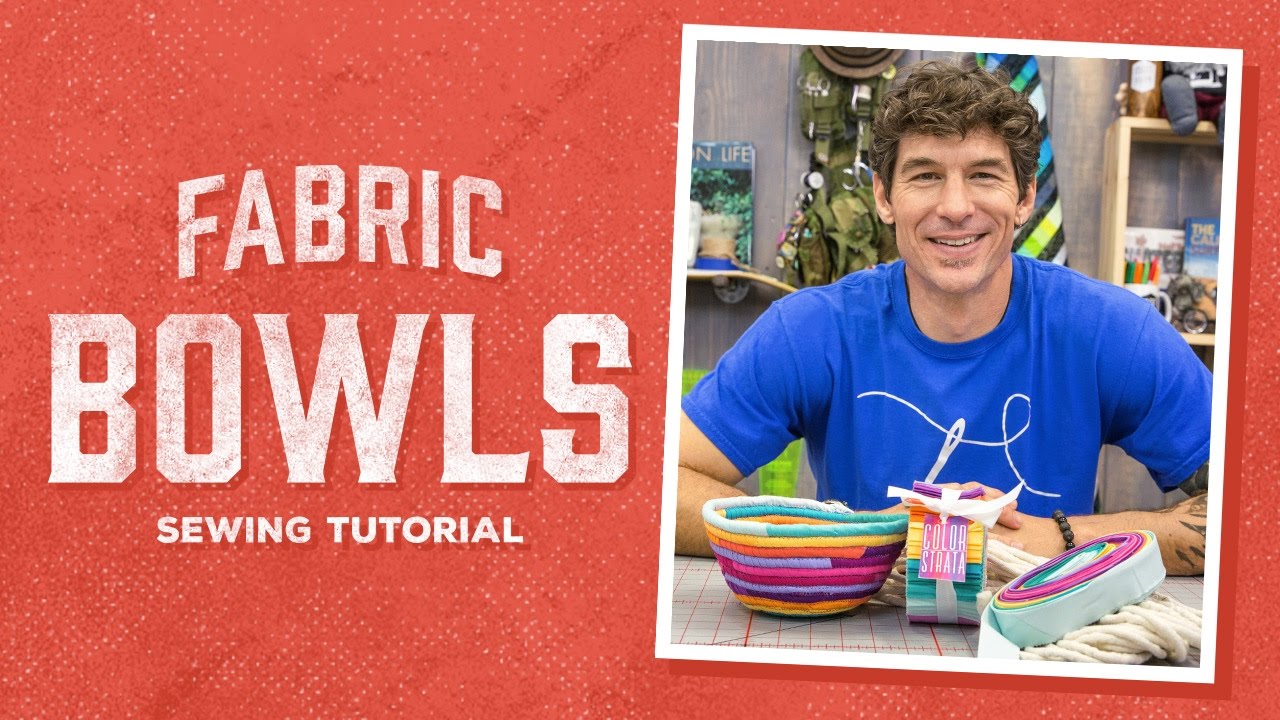Discover the unparalleled craftsmanship of our premium bowling fabric, meticulously woven to enhance your game. Designed with precision and attention to detail, this fabric boasts a revolutionary blend of durability and comfort. Engineered to withstand countless rolls down the lane, it ensures longevity without compromising on flexibility. With its innovative composition, this fabric allows for a seamless bowling experience, empowering you to achieve your best performance. The superior quality of this fabric guarantees optimal grip, enabling you to maintain a steady control over the ball. Its breathable nature ensures maximum airflow, keeping you cool and composed during intense matches. Experience the unmatched sensation of wearing this fabric, tailored to elevate your game to a whole new level. Whether you’re a professional bowler or a casual enthusiast, our bowling fabric is the ultimate choice to enhance your skills and elevate your style. Embrace the game-changing potential of this fabric and dominate the bowling alley with confidence.

The Evolution of Bowling Fabric: From Lane to Lanes
Bowling is a sport that has been enjoyed by people of all ages for decades. While the focus is often on the pins and the technique, there is another crucial element that plays a significant role in the game – the bowling fabric. This fabric, which covers the lanes, has evolved over the years to enhance the player’s experience and improve the overall gameplay. In this article, we will delve into the history and importance of bowling fabric, exploring its various types and the impact it has on the game.
1. The Early Days: Wooden Lanes and Unpaved Paths
In the early days of bowling, lanes were made of wood and were often unpaved. This meant that the surface was rough and unpredictable, making it challenging for players to aim accurately and achieve consistent results. The lack of a standardized fabric led to inconsistencies in gameplay, making it difficult for bowlers to develop their skills and achieve high scores.
2. The Introduction of Synthetic Fabrics
Synthetic fabrics revolutionized the game of bowling. They provided a consistent and predictable surface, allowing players to fine-tune their techniques and improve their scores. Synthetic fabrics are made from materials like nylon and polyester, which are durable and resistant to wear and tear. These fabrics are also easy to clean and maintain, ensuring that the lanes remain in top condition for extended periods.
3. The Role of Oil Patterns in Modern Bowling
When it comes to modern bowling, oil patterns play a crucial role in determining the ball’s trajectory and the overall gameplay. Bowling lanes are oiled to create specific patterns that affect ball behavior. The oil helps to protect the lanes from excessive wear and tear while providing a consistent playing surface. Various oil patterns, such as the house shot or sport shot, challenge bowlers to adapt their strategies and adjust their techniques accordingly.
4. Reactive Resin and Its Impact on Gameplay
The introduction of reactive resin bowling balls had a significant impact on the fabric used on the lanes. Reactive resin balls are designed to create friction with the lane surface, allowing for enhanced hook potential and increased pin carry. To accommodate these powerful bowling balls, bowling centers began using fabrics with a higher friction coefficient. This change in fabric properties provided bowlers with more control and allowed for more aggressive shot-making.
5. The Future: Technological Advances and Smart Fabrics
The future of bowling fabric looks promising as technological advances continue to shape the sport. Smart fabrics, embedded with sensors and connected to computer systems, are being developed to analyze bowlers’ performance in real-time. These fabrics can track ball speed, revolutions, and the impact on the pins, providing valuable insights for bowlers aiming to improve their game. Additionally, advancements in fabric engineering may lead to even more durable and high-performance materials that enhance gameplay and reduce maintenance costs.
In conclusion, bowling fabric has come a long way since the early days of wooden lanes and unpaved paths. The evolution of synthetic fabrics, the introduction of oil patterns, the impact of reactive resin bowling balls, and the potential for smart fabrics have all contributed to a more consistent and exciting bowling experience. As technology continues to advance, we can expect even more innovations in bowling fabric that will further elevate the sport and challenge bowlers to achieve new levels of excellence.
Creating Stylish Fabric Bowls with Rob
Bowling Fabric
Bowling Fabric Information
| Material | Features | Benefits |
|---|---|---|
| Microfiber | Highly absorbent, soft, and durable. | Ensures excellent grip, minimizes oil transfer, and enhances ball control. |
| Polyester | Strong, lightweight, and resistant to stretching. | Provides consistent performance, increased longevity, and easy maintenance. |
| Performance Synthetics | Advanced moisture-wicking technology and breathability. | Keeps hands dry, reduces discomfort, and enhances overall comfort during extended play. |
| Leather | Supreme durability, exceptional grip, and natural feel. | Offers superior control, excellent longevity, and a premium bowling experience. |
As an expert in bowling fabric, it is crucial to understand the various materials used to craft bowling gloves or thumb tapes. The table presented above provides valuable insights into the different fabric options available and their respective features and benefits.
Microfiber fabric stands out due to its exceptional absorbency, softness, and durability. This material ensures an outstanding grip, minimizes oil transfer, and enhances overall ball control, leading to improved performance on the lanes.
Polyester, on the other hand, is a popular choice among bowlers due to its strength, lightweight properties, and resistance to stretching. These characteristics provide consistent performance, increased longevity, and easy maintenance, making it highly desirable for competitive and amateur bowlers alike.
For those seeking the utmost comfort and moisture management, performance synthetics offer cutting-edge technology with advanced moisture-wicking capabilities and breathability. These fabrics keep hands dry, reduce discomfort, and enhance overall comfort during extended play sessions.
Lastly, leather remains a classic choice for bowling fabric due to its unrivaled durability, exceptional grip, and natural feel. Bowlers who prefer a more traditional and premium experience often opt for leather gloves, as they offer superior control, excellent longevity, and an unparalleled connection with the ball.
By understanding the unique features and benefits of each fabric mentioned in the table, bowlers can make informed choices when selecting the ideal fabric that suits their playing style, comfort preferences, and desired performance level.

